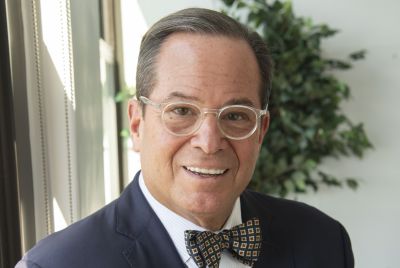Even market rocket scientists find euro crisis a challenge
Political turmoil in the euro zone is undermining the ability of computer-driven trading systems to cope with volatile market sentiment, challenging the rocket scientists who create them to seek new ways to guarantee returns.
Some - many of whom started work as physicists rather than financiers - are looking outside the banking world to smarten up their systems.
Complex computer algorithms designed to highlight trading opportunities are taking a growing share of the $4 trillion a day FX market thanks to their capacity to process vast amounts of data and latch far more quickly than humans on to the trends that allow them to make money.
But erratic market swings, as developments in the euro zone crisis trigger big fluctuations in investor appetite for risk, means so-called quantitative trading models have to be adjusted more frequently -- by humans -- in an effort to generate profitable trading signals.
Morgan Stanley's quantitative solutions team has been collaborating with neuroscientists from Imperial College, London, to deepen their understanding of the trading relationship between currency pairs and other assets.
There has been a range-bound choppy environment, coupled with periodic sharp moves but no clear smooth trends. It makes anything on the quant modeling side very difficult in that the market has often been trading purely around politics and you can't model politics, said Pete Eggleston, head of quantitative solutions at Morgan Stanley.
Using the classic techniques it's hard to do anything new in finance. If you can bring in some new ideas and some different methods that can be used in different disciplines there are still opportunities to find something new.
Quantitative trading depends on spotting trends but, in addition to the euro crisis, intervention by a couple of G10 central banks has made life tough for the quant in 2011.
Three months after the Swiss National Bank set a target in the euro/Swiss franc exchange rate, corrupting trading signals based on that currency pair, market players acknowledge machines still need someone to pull the plug when the unexpected occurs.
At the moment we don't have an answer on how you could monitor the possible intervention of a central bank. Certainly the SNB intervention made some big victims on the Street, said Lorenzo Ravagli, quant strategist at Societe Generale.
Strategists said even medium-term quant - also known as systematic trading - models that take positions lasting from a couple of days to a few weeks, performed better when revalidated more frequently.
Ravagli, who estimated the FX systematic trading community's average return was around minus 5 percent in 2011, said the aim was to develop models that quickly latch on to intra-day swings in investor appetite for risk, rather than slavishly following fundamentals.
The main goal of the systematic trading approach is to return stable performance regardless of the market environment.
RISING SHARE
In its latest survey, the Bank for International Settlements said spot algorithmic trading -- any automated method where a computer determines how orders are placed - rose to 45 percent of trade on the EBS platform in 2010 from 2 percent in 2004.
Developing automated trading in banks' spot and options businesses is a job for bright and innovative model builders.
As Kevin Rodgers, head of FX derivatives at Deutsche Bank, said: We've literally got rocket scientists looking at it.
The strong shift towards computerized dealing has led to hostility from some in the more traditional trading community who fear machines are taking over.
But JPMorgan, which uses many of its models to price derivatives, said having humans overseeing them would be crucial to good risk management in 2012, particularly in a market that is again likely to be driven by politics.
We always have humans at the helm. We have traders driving the machines so if there is some qualitative change in the way the market is trading, they can step in, turn off components and widen spreads, said Mark Higgins, co-head of investment banking quantitative research at JPMorgan in New York and a PhD in astrophysics.
(Additional reporting by Jessica Mortimer, editing by Nigel Stephenson)
© Copyright Thomson Reuters 2024. All rights reserved.





















